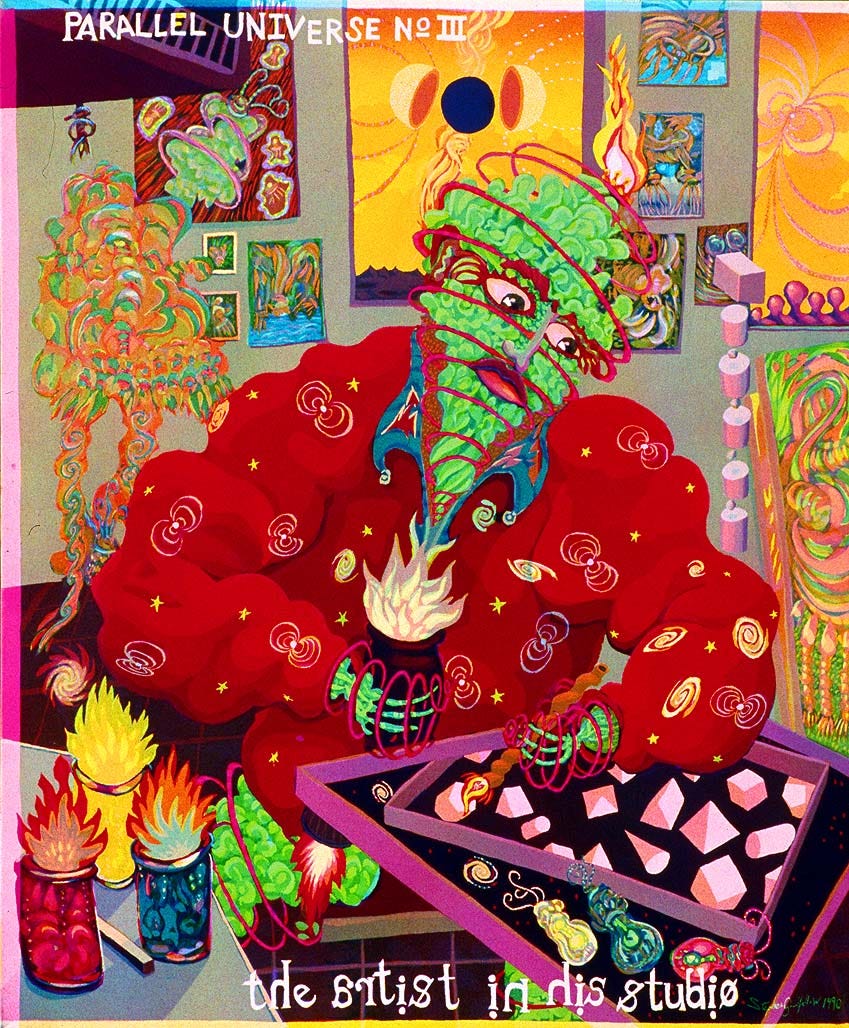Cosmic Simulation Hocus Pocus
Pushing an ill-fitting piece into a continuously failing big bang jigsaw puzzle.
A response to “Webb Mystery Unraveled: Astrophysicists Explain the “Impossible” Brightness at Cosmic Dawn”
https://scitechdaily.com/webb-mystery-unraveled-astrophysicists-explain-the-impossible-brightness-at-cosmic-dawn/
This ‘evidence’ needs to be taken with more than a pinch of salt.
“...Using new simulations…”
This was the same process used for predicting that the James Webb Space Telescope would discover small, irregular shaped galaxies continuously colliding with one another instead of the regular, orderly spiral galaxies that are actually being observed.
The claim,
“these galaxies likely are not so massive after all”
is a supposition based on the Big Bang model, a claim that the Universe is expanding, that we should consider a spatial distortion due to an expanding universe, rather than objects diminishing by uncomplicated line of sight.
Most significantly, the James Webb Space Telescope did not observe the much vaunted ‘Dark Ages’, an epoch of primordial particles supposed to exist just after a big bang.
This Dark Ages was a direct predictive interpretation of cosmic redshift universe expansion theory which has spectacularly failed the test and is consequently completely invalid.
For this reason alone, these ‘simulations’, like those created previously to JWST, are complete fantasy; an attempt to push an ill-fitting piece into a continuously failing big bang jigsaw puzzle.
https://scitechdaily.com/webb-mystery-unraveled-astrophysicists-explain-the-impossible-brightness-at-cosmic-dawn/
Stephen Goodfellow 10/09/23

